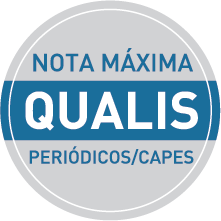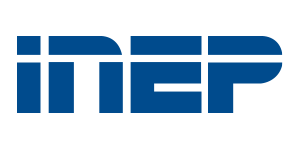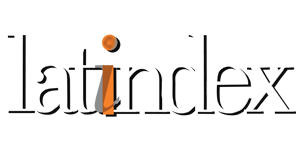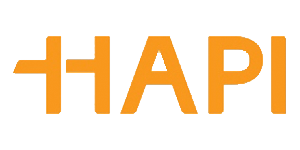The teaching of written Portuguese in deaf bilingual education: issues based on the narratives of teachers from Baixada Fluminense
Abstract
Both the Law 10.436/2002 and the Decree 5.626/2005 enforce the teaching of written Portuguese for deaf people, which is reinforced by the National Plan for Education (or Plano Nacional da Educação, in Portuguese) for 2014 – 2024. These legal ordinances affect teacher education and their pedagogical practices within primary school, especially in bilingual contexts and in the geographical areas called urban peripheries. This original article discusses how teachers who work in inclusive and bilingual classrooms perceive the challenges rose by the teaching of written Portuguese for deaf. The narratives of primary teachers of deaf bilingual education at Baixada Fluminense are analyzed with basis on the actionresearch principles. Within these narratives gathered at an extension course on the teaching of written Portuguese for the deaf, the aim was to identify teachers’ conceptions and expectations in relation to deaf students’ learning of written Portuguese. According to the teachers’ conceptions, the results point towards issues such as: the essentiality in understanding the learning of written Portuguese by the deaf, in an intercultural perspective, as a way of broadening cultural and interpersonal relationship horizon; the need for spaces to share theoretical and practical knowledge; the recovery of knowledge that lead to a pedagogical thinking; and the highlight to the planning and proposition of activities that satisfy the specificities of the teaching of written Portuguese as a second language (PL2S) for the deaf.
Downloads
Once their work is accepted for publication, author’s copyrights are automatically relinquished to the National Institute for Educational Studies and Research Anísio Teixeira (Inep).
Since 2016, the journal Revista Brasileira de Estudos Pedagógicos (RBEP) uses the licence CC-BY.
Partial or total reproduction of the content of this Journal is permitted provided that the original publication is properly referenced, as well as a link to license CC BY 4.0 and to indicate any possible alterations made to the article.




















